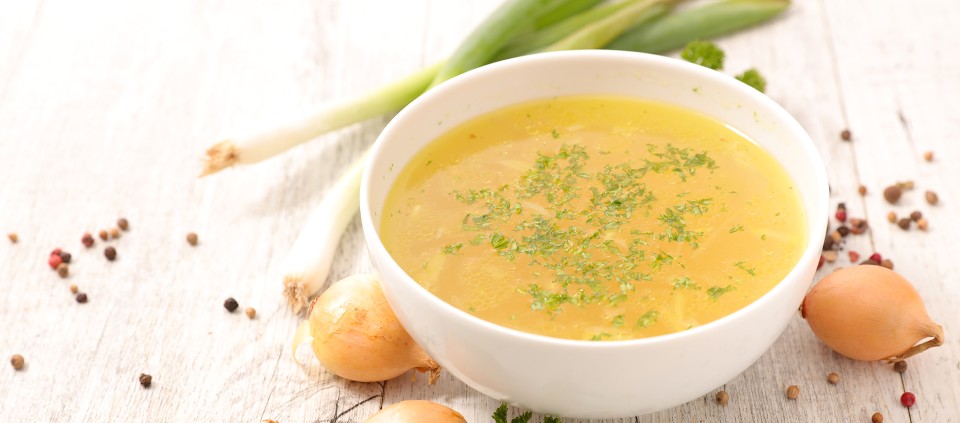Ayurvedic Cold and Flu Remedies

If you find yourself sniffling, sneezing, or coughing—or if you’re down for the count with the flu—try these all-natural remedies from Ayurveda. Some of them are also backed by modern science.
Flush out toxins. You know the old adage: Drink plenty of fluids when you’re sick (to prevent dehydration and mobilize congestion, says the Mayo Clinic). Ayurveda is more specific: Drink lots of hot water. Why? According to this ancient healing system, hot water
- Is easier for the body to absorb than tepid or cold water
- Flushes out immunity-compromising ama (toxins) from your system
- Hydrates your mucus membranes, loosening mucus
- Pacifies the dry, cold vata dosha with its hot, hydrating properties.
At the first sign of a cold, Ayurvedic practitioner and author John Douillard suggests sipping hot water every 10 to 15 minutes for three days.
Fight the cold from your kitchen. Ayurveda suggests using food as medicine, says Larissa Hall Carlson, Kripalu Schools faculty member and former Dean of the Kripalu School of Ayurveda. She recommends eating light, simple, and warm foods, particularly “clear foods”—clear broths, clear liquids (water and teas), and seasonal veggies that have some translucence once they’re thoroughly cooked, such as leeks, bok choy, and kale. “Avoid heavy, thick, dense, rich foods, which can be challenging to digest when you’re sick,” says Larissa. That includes dairy products, juices, and sugar-laden breads. Also avoid cold, frozen, dry, and raw foods, which are all hard to digest, she says.
Gargle with salt water. Gargling with salt water loosens excess mucus and removes bacteria and fungi from the throat. The Mayo Clinic confirms that it can provide temporary relief for sore, itchy throats. Dissolve 1/4 to 1/2 teaspoon salt in 1 cup of warm water, according to the clinic’s website. A study published in The American Journal of Preventive Medicine found that people who gargled for three times daily saw nearly a 40 percent reduction in upper respiratory infections during cold and flu season, when compared to a control group.
Try ginger. Numerous controlled studies (cited here) have found that ginger relieves the symptoms of nausea and vomiting. According to Ayurvedic theory, ginger is one of the best remedies for colds, too. Its pungent nature reduces kapha dosha, which is active during colds and produces excess mucus when it’s out of balance, Larissa explains. But a word of caution from Ayurvedic physician Vasant Lad: Don’t combine ginger and anticoagulant medications such as aspirin, because they’re both blood thinners. In his home remedies book, Vasant recommends inhaling ginger-infused steam to reduce sinus and lung congestion. First, boil 1 teaspoon of ginger in 1 pint of water. Once the water cools a bit, you can lean your face toward the pot (just to the point where it’s comfortable), drape a towel over your head, and inhale the steam through your nose for several minutes. Repeat as needed.
Try pranayama and stretching to relieve chest constriction. To relieve breathing-related constriction due to coughing, sneezing, and physical inactivity, Larissa suggests a simple practice called Dirgha pranayama, or Three-Part Breath:
- Sit in a relaxed position with an elongated spine.
- Fill up the belly with breath, then fill the rib cage, and then allow the breath to fill your upper chest, even your collarbones.
- Release the breath in the opposite sequence.
Larissa recommends practicing Dirgha for one to three minutes, two to four times a day. “It removes congestion, increases circulation, and releases stress and tension,” she says. And do “gentle, rolling-around-the-floor stretching” when you feel up to it, she says, to open up your chest, stimulate the parasympathetic nervous system (often referred to as the relaxation response), and relieve stiffness.
Feeling better yet?

